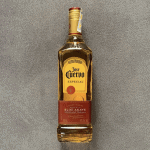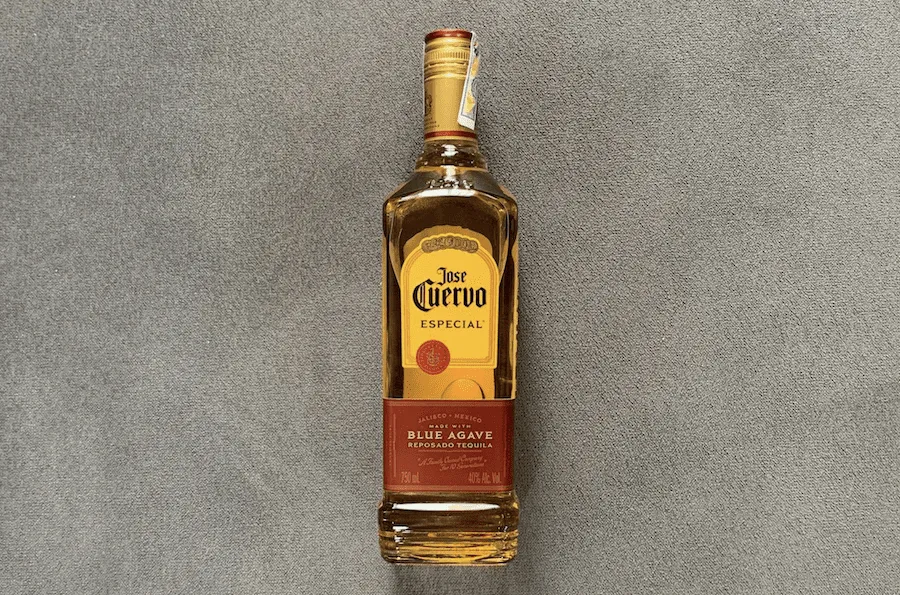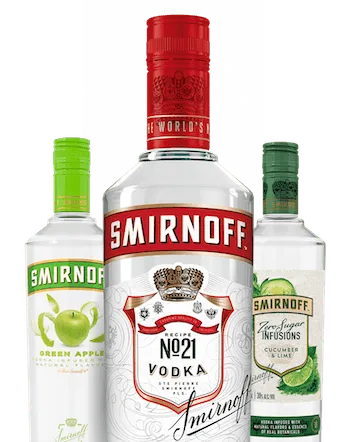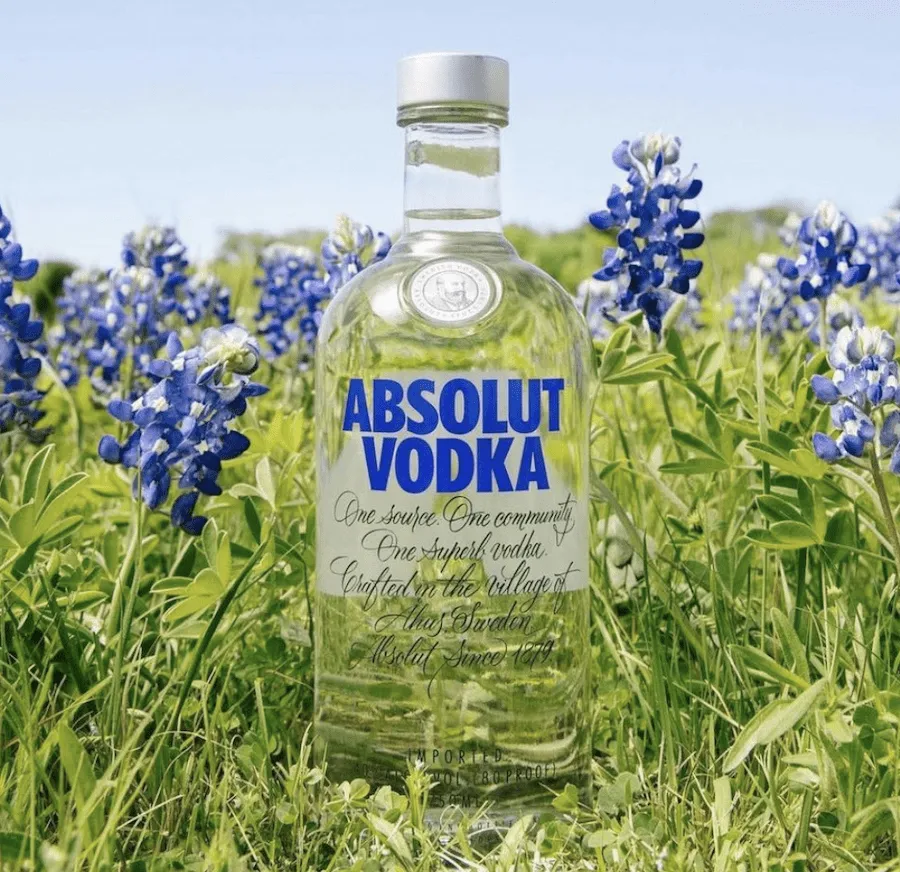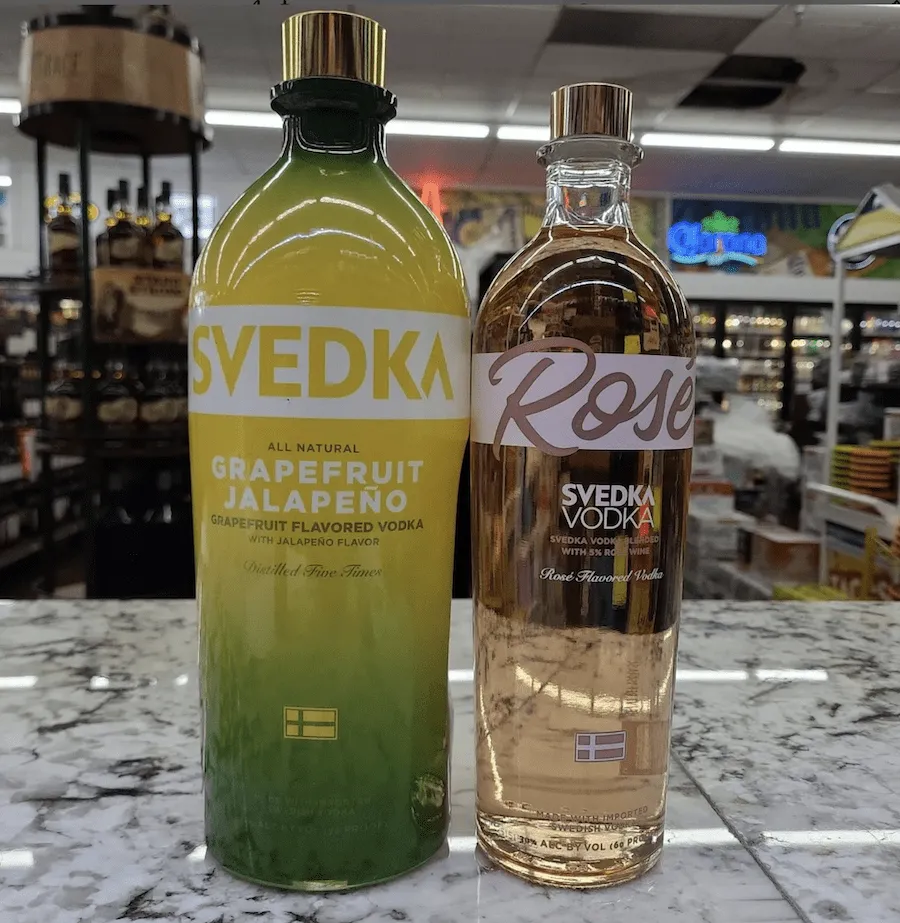Introduction to Tequila
Tequila, an emblematic spirit of Mexico, has a distinct origin story and classification system that aficionados and novices alike should appreciate for its depth and structure.
The Origin of Tequila and Historic Roots
Tequila’s history is deeply entwined with the heritage of its native region of Jalisco, Mexico. This spirit is crafted from the blue agave plant, primarily the blue Weber agave, and has been central to Mexican culture for centuries. The distillation of tequila began in the 16th century, near the location of the present-day city of Tequila, which gave the beverage its name. The method likely evolved from the pulque, a milky fermented agave sap beverage produced by the indigenous peoples of the region.
The tequila industry is rigorously regulated by the Norma Oficial Mexicana (NOM), ensuring the authenticity and geographic origin of the spirit. Under the guidance of the Consejo Regulador del Tequila (CRT, or Tequila Regulatory Council), tequila’s production must adhere to strict standards, and it can only be produced in Jalisco and select municipalities in four other states.
Understanding Tequila Classifications
Tequila is divided into categories based on aging criteria:
- Blanco (White) or Plata (Silver): Unaged or aged for less than two months, typically in stainless steel tanks.
- Joven (Young) or Oro (Gold): A blend of Blanco with aged tequilas.
- Reposado (Rested): Aged for between two months and a year in oak barrels.
- Añejo (Aged): Matured for one to three years in oak barrels.
- Extra Añejo (Extra Aged): Aged for three years or more.
Each type offers a different experience in terms of taste and complexity, with the aging process imparting various characteristics to the tequila. This classification system is essential for consumers to understand the wide range of flavours that tequila can offer.
Agave plants, particularly blue Weber agave, are the sole source for producing authentic tequila. They are grown for seven to ten years before harvesting, and only the most mature plants are used to make high-quality tequila. Mezcal, while similar, is a broader category of agave-based spirits that can be made from over 30 types of agave and is not limited to the blue Weber agave or the designated regions for tequila production.
Tequila Production and Processing
The production and processing of tequila involve meticulous steps from harvesting the agave to the meticulous aging process, each contributing to the spirit’s final taste and quality.
Harvesting and Preparing Agave
Tequila originates from the blue agave plant, primarily grown in the state of Jalisco, Mexico. The core of the plant, known as the piña, is harvested by hand by skilled workers called jimadores. These piñas are then cooked to convert complex fructans into simple sugars. Traditional methods use brick ovens, but modern distilleries may employ autoclaves for efficiency.
Fermentation and Distillation Techniques
Once cooked, the agave is crushed to extract the juices, often using a tahona (stone wheel) or a roller mill. The extracted agave juice is then fermented in tanks. This liquid becomes what is known as ‘mosto‘. Distillation follows, traditionally in copper pot stills, which helps in removing impurities and concentrating flavors.
Aging Process and Flavor Development
Tequila is categorised based on its aging process. Blanco or silver tequila is bottled immediately after distillation, while reposado and añejo tequilas are aged in oak barrels, gaining complexity and smoothness over time. The choice of barrel, the climate of the distillery, and the length of the aging process collaboratively develop the tequila’s flavor profile.
Types and Varieties of Tequila
Tequila, a spirit distilled from the blue agave plant in Mexico, boasts an array of categories and ages, each presenting a unique flavour profile. This section details the characteristics and nuances of different tequila types most appreciated by connoisseurs and casual drinkers alike.
Blanco, Reposado, Añejo Tequila Profiles
Blanco tequila, also known as silver tequila, is bottled immediately or within two months of distillation. It presents the purest flavour of the agave, with a sharp, robust taste that reflects its unaged nature.
- Blanco/Silver Tequila:
- Colour: Clear
- Maturation: Unaged
- Flavour: Bright, fresh agave
Reposado tequila, or rested tequila, is aged in wood barrels for two months to one year. This aging process imparts a golden hue and adds a balance of woody notes while maintaining the integrity of the agave flavour.
- Reposado Tequila:
- Colour: Gold
- Maturation: 2 months to 1 year
- Flavour: Smooth, subtle oak
Añejo tequila is aged longer, typically between one to three years, in oak barrels, developing a richer and more complex flavour profile compared to its younger counterparts. The extended aging process lends a deeper colour and flavour, often with hints of caramel and vanilla.
- Añejo Tequila:
- Colour: Dark amber
- Maturation: 1 to 3 years
- Flavour: Rich, woody
Sipping Tequilas: Extra Añejo and Cristalino
Extra Añejo tequila, known for being a sipping tequila, is aged for a minimum of three years. It garners a smoothness and depth of flavour that is savoured and is usually enjoyed neat.
- Extra Añejo Tequila:
- Colour: Deep amber to mahogany
- Maturation: Minimum of 3 years
- Flavour: Complex, silky
Cristalino is a relatively new category where an añejo or extra añejo tequila is filtered to remove the colour, resulting in a clear liquor that retains the richness and complexity of its age.
- Cristalino Tequila:
- Colour: Clear
- Maturation: Aged then filtered
- Flavour: Smooth, aged notes without the colour
Each type appeals to different preferences, with blanco being favoured for mixed drinks due to its sharp agave flavour, while reposado, añejo, and extra añejo are often preferred for enjoying neat or on the rocks, allowing the drinker to appreciate their nuances. Cristalino offers an elegant, aged tequila experience with a unique, clear appearance.
Top 20 Most Popular Tequila Brands and Prices
When it comes to tequila, a distilled spirit from the blue agave plant primarily in the area surrounding the city of Tequila, Mexico, several brands have established themselves as household names. Don Julio, Patrón, and Jose Cuervo are among the most recognised, each offering a range of products from accessible to ultra-premium expressions.
Here’s a brief overview of the popular options and their approximate prices:
| Rank | Brand | Popular Variants | Price Range (approx.) |
|---|---|---|---|
| 1 | Jose Cuervo Especial Gold | Reposado | £15 – £25 |
| 2 | Don Julio | Don Julio 70, Don Julio 1942 | £40 – £120 |
| 3 | Patrón | Patrón El Alto, Patrón en Lalique: Serie 2 | £35 – £5,000+ |
| 4 | Casamigos | Casamigos Blanco | £40 – £55 |
| 5 | Espolòn | Espolòn Blanco | £20 – £30 |
| 6 | 1800 Tequila | 1800 Silver | £25 – £35 |
| 7 | El Tesoro | £45 – £60 | |
| 8 | Casa Noble | £30 – £60 | |
| 9 | Corralejo | Corralejo Reposado | £25 – £40 |
| 10 | Jose Cuervo Reserva de la Familia | Reposado | £100 – £130 |
| … | |||
| 20 | [Other popular brand in 20th position] | [Popular Variant] | [£Price Range] |
Each brand presents a unique profile, from Jose Cuervo Especial Gold‘s approachable price point ideal for cocktails to Don Julio 1942‘s sophisticated flavour suited for sipping. Patrón, renowned for handcrafted tequilas, offers ultra-premium options like Patrón en Lalique: Serie 2, which reflects the apex of craftsmanship and luxury in tequila.
While the table above indicates starting prices, the actual cost may vary based on regional taxes, retailer pricing strategies and special edition releases. It’s important to remember that the best tequila brands are not always determined by price but by personal preference and the occasion for which they are being enjoyed.
Exploring Tequila in Cocktails
The versatility of tequila in cocktails spans from the refreshingly tart Margarita to the more nuanced and complex drinks crafted with reposado and añejo tequila. This spirit’s adaptability is celebrated by bartenders and enjoyed in nightclubs across the globe.
Tequila Mixed Drinks Favourites
Tequila serves as the backbone for a host of mixed drinks, favoured for its ability to balance tartness with sweetness. Classics such as the Tequila Sunrise and the Paloma are testaments to tequila’s broad appeal. The Tequila Sunrise layers orange juice with tequila and grenadine, creating a visually stunning gradient reminiscent of a sunrise, while the Paloma mixes tequila with grapefruit soda and lime juice for a refreshing and slightly tart cocktail that is a staple in many establishments.
Signature Cocktails with Reposado and Añejo Tequila
Moving beyond mixed drinks, reposado and añejo tequila invite connoisseurs to experience the spirit’s more sophisticated side. Reposado tequila, which is aged in oak barrels for between two months and one year, imparts a smooth, mellow character to cocktails like the Rosalia Margarita, which combines Italian bitter red liqueur and rose syrup with the oaky tequila tones. Añejo tequila, with over a year of ageing, is richer, and its deeper flavours are often showcased in concoctions such as the Añejo Old Fashioned, where it steps in for the traditional whisky, mingling with bitters and a touch of sweetness.
The Art of Margaritas
The Margarita, arguably the world’s most beloved tequila cocktail, epitomises the harmony of tequila with tart lime and sweet triple sec. Its beauty lies in its simplicity, and it has germinated a diverse portfolio of variations. Bartenders often experiment with different types of tequila, fruit, and artisanal syrups to craft a unique take on this classic. A standard Margarita might include:
- 50ml blanco tequila
- 25ml lime juice
- 15ml triple sec
- Salt rim
- Ice
With this combination, the Margarita maintains its classic status, yet remains a canvas for creativity, inviting new flavours to the forefront.
Tequila’s Cultural Impact and Market Trends
The cultural significance of tequila in nightlife and its shifting consumer trends have marked its ascent within the spirits market, especially in America where it has overtaken whiskey in retail value.
Tequila’s Role in Nightlife and Social Events
Tequila has become a staple in nightclubs and social events, often perceived as the spirit of celebration. In America, its integration into the nightlife scene is profound, with establishments from upscale venues to what were once considered seedy bars embracing tequila both as high-end offerings and in popular mixed drinks. A reflection of this trend is the prominence of 100% agave tequilas, which command attention for their quality and have redefined tequila’s image, distancing it from its former reputation.
The Tequila Regulatory Council, guided by the standards of the Norma Oficial Mexicana, ensures that tequila’s quality upholds its cultural essence, a factor significant in its nightlife adoption. As patrons become more knowledgeable, the demand for certified tequilas has increased, further solidifying tequila’s role in social settings.
Emerging Trends in Tequila Consumption
Consumption trends of tequila have seen notable shifts, with premiumisation leading the changes. In recent years, the preference for 100% agave tequila over mixto (tequila containing less than 100% agave) has been on the rise. Consumers are placing greater emphasis on authenticity and quality, with craft tequila and small-batch productions gaining traction.
Moreover, tequila has surpassed traditional spirits to become the second most valuable spirits subcategory in the U.S. This climb is indicative of emerging trends within the consumption of tequila, where individuals are exploring beyond the classic margarita to a diverse range of tequila-based cocktails and even sipping tequilas. This diversification in consumption presents new opportunities for brands and establishments to innovate within the tequila space.
Pairing Tequila with Food
Selecting the perfect tequila for food pairings can transform a meal, enhancing both the drink and the dish. Tequila’s versatile flavour profile ranges from the lighter, more floral notes to richer, aged complexities, making it a dynamic partner for various cuisines.
Tequila Pairings for a Robust Glass of Wine
One does not traditionally pair tequila with a robust glass of wine, as they are distinct categories of beverages typically enjoyed separately. However, for those looking to explore unconventional culinary experiences, some may try juxtaposing certain tequilas with wine-like qualities—a joven (young) or an añejo (aged) tequila—with hearty dishes that could also stand up to a rich, full-bodied red wine.
Complementing Fine Bourbon and Whiskey
Tequila, much like fine bourbon and whiskey, possesses a depth of flavour that can be developed through the aging process. Reposado tequilas, rested in wood barrels from two months to a year, attain a smoothness that complements smoky and grilled food items similar to that of whiskey. Bold, caramel notes of an añejo or extra añejo tequila, aged for over one and three years respectively, pair well with robust flavours, offering a sophisticated alternative to the typical whiskey accompaniments.
Authenticity and Regulation in the Tequila Industry
Authentic tequila is a distilled spirit crafted from the fermented juice of the Weber Blue Agave plant, primarily in the regions of Jalisco, Guanajuato, Michoacán, Nayarit, and Tamaulipas. With regulations governed by the Norma Oficial Mexicana (NOM), real tequila is synonymous with quality and heritage.
Identifying Authentic 100% Agave Tequilas
Consumers can identify authentic 100% agave tequilas by checking for a “100% agave” label. These tequilas must be produced using only the sugars from the Weber Blue Agave, and no additives are permitted during fermentation. This ensures a pure and natural product, capturing the essence of the agave plant. The region of Los Altos is renowned for producing high-quality agave, and tequilas labelled as coming from this area are often a mark of premium tequila.
Regulations and Certifications
The Tequila Regulatory Council (Consejo Regulador del Tequila, CRT) is the authoritative body that certifies that tequilas meet strict standards outlined in the NOM. Certifications by the CRT guarantee that tequila production adheres to legal specifications — from growing the agave to bottling the spirit. The NOM code, found on every legitimate bottle of tequila, traces its production facility, ensuring that it falls within the designated Mexican states allowed to produce tequila. These regulations are critical in maintaining high standards and protecting the global reputation of the tequila industry.
Choosing and Purchasing Tequila
When selecting a tequila, it is essential to understand the classifications and markings that differentiate various types. One’s personal preference and intended use, whether for sipping or cocktails, should guide the choice of tequila.
Understanding Tequila Labels and Markings
Tequila is categorised based on the duration of ageing and the percentage of agave it contains. The label 100% agave indicates that the tequila is made exclusively from the sugars of the blue agave plant. This differs from mixto, which may contain up to 49% of other sugars. Age classification includes:
- Blanco Tequila (or Silver): Unaged or aged up to two months, offering a pure flavour of agave.
- Reposado Tequila: Aged between two months and one year in barrels, providing a balance of agave and woody flavours.
- Añejo Tequila: Aged between one and three years, known for a smoother and more complex flavour profile.
Labels may also contain NOM (Norma Oficial Mexicana) numbers, which indicate the distillery of origin and ensure authenticity and regulation compliance.
Guidance for Selecting the Best Tequila for Your Needs
The selection of tequila can vary greatly depending on its intended use. For a delightful sipping experience, one might opt for a reposado or añejo tequila, which are known for their rich and nuanced flavours. For cocktails, a blanco tequila is typically preferred due to its crisp and clear agave taste.
When considering the best tequila brands, ranking is often a matter of personal palate preferences and, therefore, can be subjective. However, tequila matchmaker services or apps can assist in finding a tequila aligned with an individual’s taste preferences. It’s advisable to look for well-ranked and flavourful brands within one’s budget.
Below is a simple reference table for selecting tequilas:
| Age Classification | Ideal For | Common Characteristics |
|---|---|---|
| Blanco | Cocktails, bold taste | Agave-forward, vibrant |
| Reposado | Sipping or cocktails | Balanced, subtle oak notes |
| Añejo | Sipping | Smooth, complex, rich flavours |
In conclusion, when purchasing tequila, consider the type, the brand’s reputation, and personal flavour preferences to find the best match for the occasion.
A Guide to Storing and Serving Tequila
When it comes to tequila, thoughtful storage and serving can significantly enhance the drinking experience, whether one is indulging in a smooth reposado tequila, the crisp notes of blanco tequila, or savouring the complexity of an añejo tequila. Proper storage is critical to maintaining the tequila’s intended flavour profile—from flavourful and robust to delicately bland shades influenced by the aging process and ripeness of agave.
Storage:
- Keep them dark: Store bottles of tequila in a dark environment to prevent light from altering the taste and colour.
- Room temperature is key: A consistent, cool room temperature avoids temperature fluctuations that could spoil the tequila’s quality.
- Orientation matters: Store tequila bottles in an upright position to minimise oxidation and prevent the cork from degrading.
Serving:
- Sipping gracefully: Served neat, tequila’s flavours are best appreciated. Añejo and reposado varieties, which have had more time to mature, offer a more nuanced experience ideal for sipping.
- No chill required: Unlike vodka or beer, tequila need not be served chilled, as cooler temperatures can mute its intricate flavours.
- Porcelain or glass: Opt for a snifter or a tequila glass to allow the spirit to breathe, releasing the full spectrum of aromas and flavours.
Understanding Varieties:
- Blanco/Silver: Typically unaged, this tequila should be consumed within a couple of months after opening to enjoy its fresh and vibrant taste.
- Reposado: Aged between two months and a year, these offer a harmonious balance between the natural agave flavour and the woody notes from the aging barrels.
- Añejo: Aged over a year, they are deeper in flavour, making them ideal for those who appreciate a richer bouquet.
By adhering to these guidelines, the distinct and sophisticated flavours of each tequila type are preserved and highlighted, creating an optimal tasting experience.

